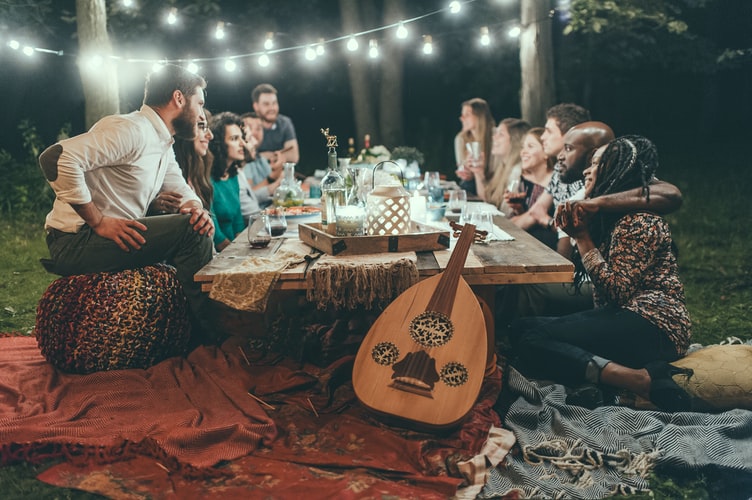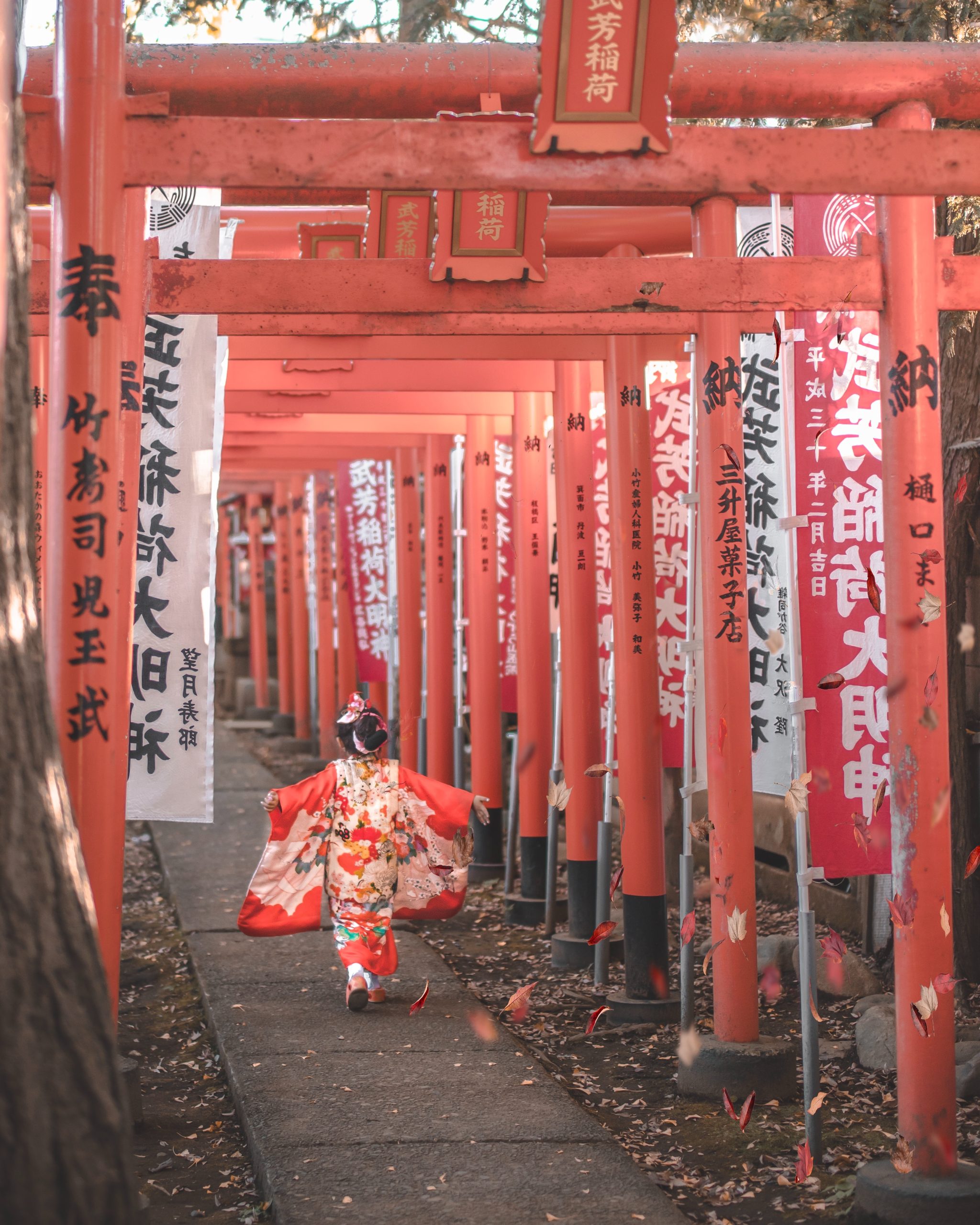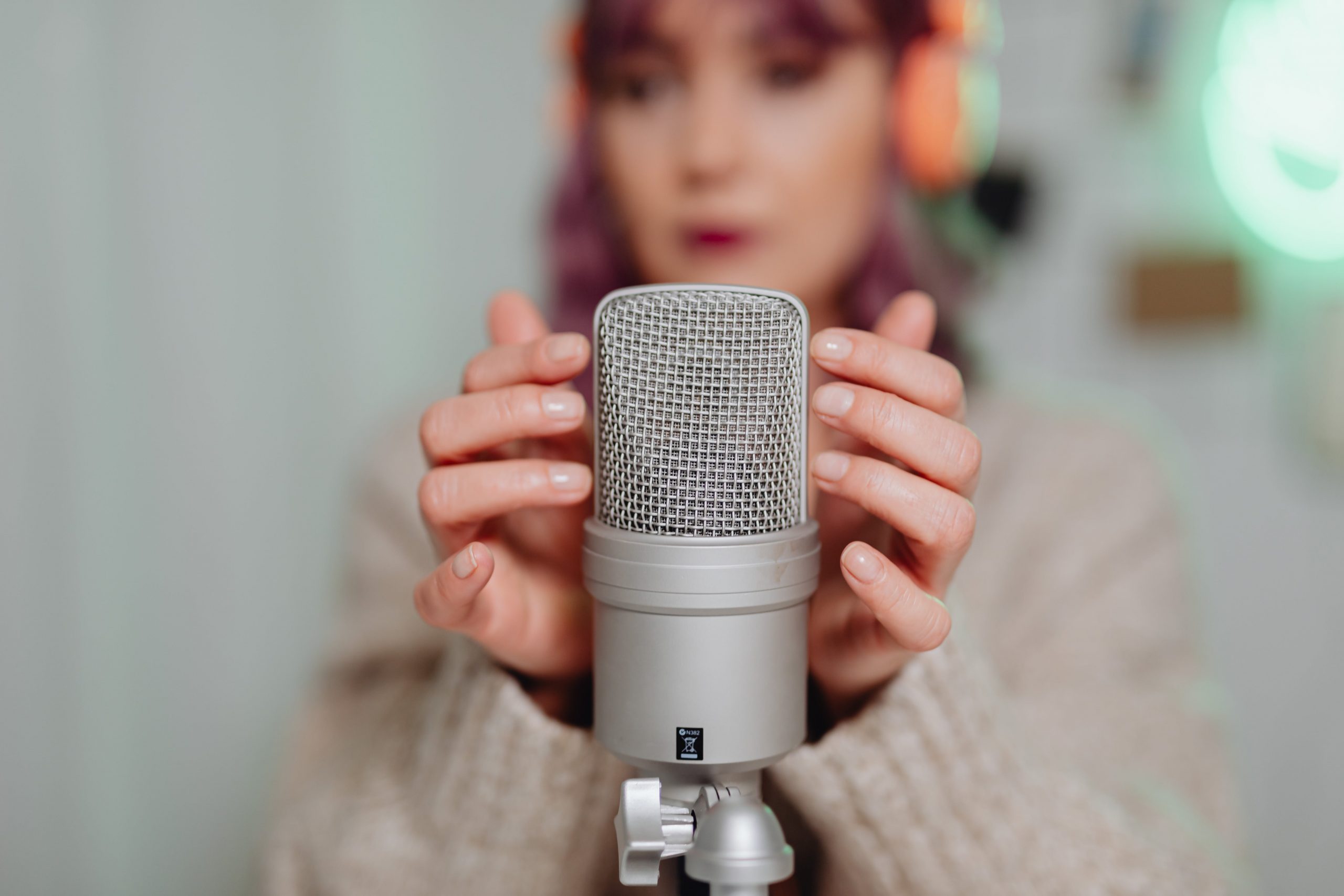Hardly anyone can imagine their online life without constant correspondence with hundreds of barely familiar people who the social network suggests calling “friends”. But how often is a friend or follower actually really close to us? Can we call all of those people behind the many profiles stored in our messengers, chats, and liked photos, friends?
The ‘Balance of Power’ in our Social Minds
It’s not a surprise that we, people, are social animals and have lived in groups since ancient times. But our current social network is much more complex than a herd or a pride. Our brains are sufficiently developed to support hundreds of acquaintances. Anthropologist Robin Dunbar calculated that thanks to the large neocortex, we can have an average of 150 social contacts. But 150 alone doesn’t tell the whole story. Other numbers are nested within the social brain hypothesis too. According to the theory, the tightest circle has just five loved ones. That’s followed by successive layers of 15 good friends, 50 friends, 150 meaningful contacts, 500 acquaintances and 1500 people you can recognize.
And this ‘balance of power’ is in constant flux. We’ve all been there. Close friends become those whom we speak to once a year, or a shift in our lives – new interests or a romantic partner – cause a shift in our priorities.
TBT: Making friends in childhood
For most of us, it’s more difficult to make friends with age. Usually, a child’s first friends and close acquaintances outside the family appear at 3-4 years old. These relationships are quite pragmatic. The barriers children put up for anyone vying for friendship are as low as everyone willing to play by their rules. For a preschooler, friendship is near-instantaneous – it’s enough for someone to appear on the playground – but he or she also forgets about them very quickly. As you grow older, new options for relationships open up: from pragmatic (“If you don’t do as I want, I will not be friends with you!”) to a deep emotional connection that we can maintain at a distance.
In school and university, we quickly get to know our peers and easily keep in touch because it doesn’t require much effort. We find ourselves in the same room every day and automatically have common activities, and hence, topics for discussion. However, in most cases, this friendship stops as suddenly as it started. We don’t see each other on a daily basis, don’t share common activities and there are generally no events that would bring us together. So the circumstantial friendship is gradually getting replaced by deeper relationships, in which both parties are consciously invested. That’s why it’s getting harder to find new friends as we age.
Current realities
The way we communicate and make friends today has been greatly influenced by social networks and messengers. It is already difficult for Gen Z’s to imagine what it would be like to maintain a friendship without the ability to follow each other on Instagram. Phone calls are considered almost bad manners, but messages – voice, video, with emoji or stickers – pour at us in a continuous stream. Digital communication has its advantages. We can initiate or continue a conversation at any time, address many people at once, or meet entirely new people online who have the potential to become good friends.
However, it is important to remember that the benefits of digital proximity cannot completely replace in-person communication. A real experience, together, is essential for friendship. Take the great apes as an example. Research by Robert Dunbar shows that touch is essential for close relationships in these species. Endorphins produce in monkeys that comb each other. In humans, this translates to a friendly hug, a pat on the shoulder, or a light touch which triggers a hormonal response that plays a central role in forming that bond of friendship.
So what’s important is to not lose balance in life. We should learn to allocate time and resources between maintaining “distant” connections in social networks and “strong” offline connections. We’ve relied beyond the norm on digital connections this pandemic – there was a need. But once we make it to the other side, it’s important to push past social anxieties and re-enter the world. Set up that brunch date with your friends. Plan a trip to visit a friend. Or fly solo to that event – you never know who you might meet.



